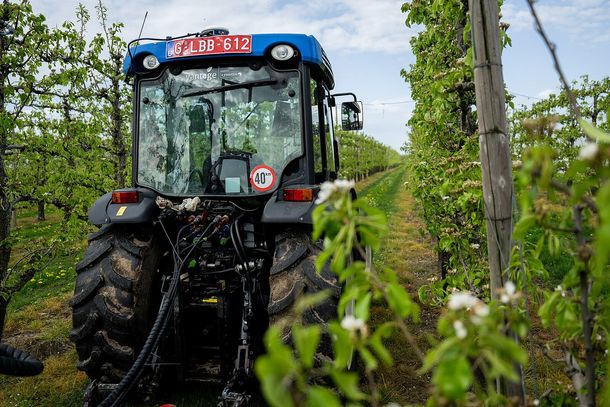Patents & Plants: How Easy Licensing Helps Farmers Feed Europe

Farmers are under pressure—droughts, rising costs, and eco-friendly rules make growing food harder than ever. But there’s good news: faster, smarter plant breeding is here, and a new licensing system makes these innovations easy to access. Here’s how it works—and why it matters for Europe’s food future.
Why Farmers Need Better Seeds
Rising droughts, pests, and competition from imports make farming harder than ever. Traditional breeding takes decades to develop resilient crops, but New Genomic Techniques (NGTs) speed up the process, enhancing traits like drought resistance without genetic modification. The catch? Accessing these innovations often involves navigating complex patent laws.
Patents: Good for Inventors, Tricky for Breeders
Patents protect inventors, but small breeders often struggle with a costly administrative barrier. Without clear rules, great tech gets stuck in labs—not fields.
A One-Stop Licensing Hub
The Agricultural Crop Licensing Platform (ACLP) cuts through the chaos. It offers:
✅ Simple, fair licensing for patented seeds
✅ Guaranteed access—no endless negotiations
✅ Coverage for 95% of Europe’s top crop traits
Now, breeders can focus on better harvests, not legal battles.
The Future of Farming Depends on Innovation
If Europe wants sustainable, competitive agriculture, breeders must have the latest tools. Platforms like ACLP bridge the gap between patent holders and farmers, making innovation available to all.
Need Legal Help with Patents or Licensing?
Navigating IP laws can be tricky. KOREJZOVA LEGAL specializes in agricultural IP—contact us today for expert advice! Call now and secure your rights.
Sources
Text: Guillot, Helene. „Competitive and Sustainable Farming in Europe: Give Breeders a Chance". POLITICO, 20. březen 2025, https://www.politico.eu/sponsored-content/competitive-and-sustainable-farming-in-europe-give-breeders-a-chance/.
Photo: Belgian Presidency of the Council of the EU 2024 from Belgium, CC BY 2.0 <https://creativecommons.org/licenses/by/2.0>, via Wikimedia Commons